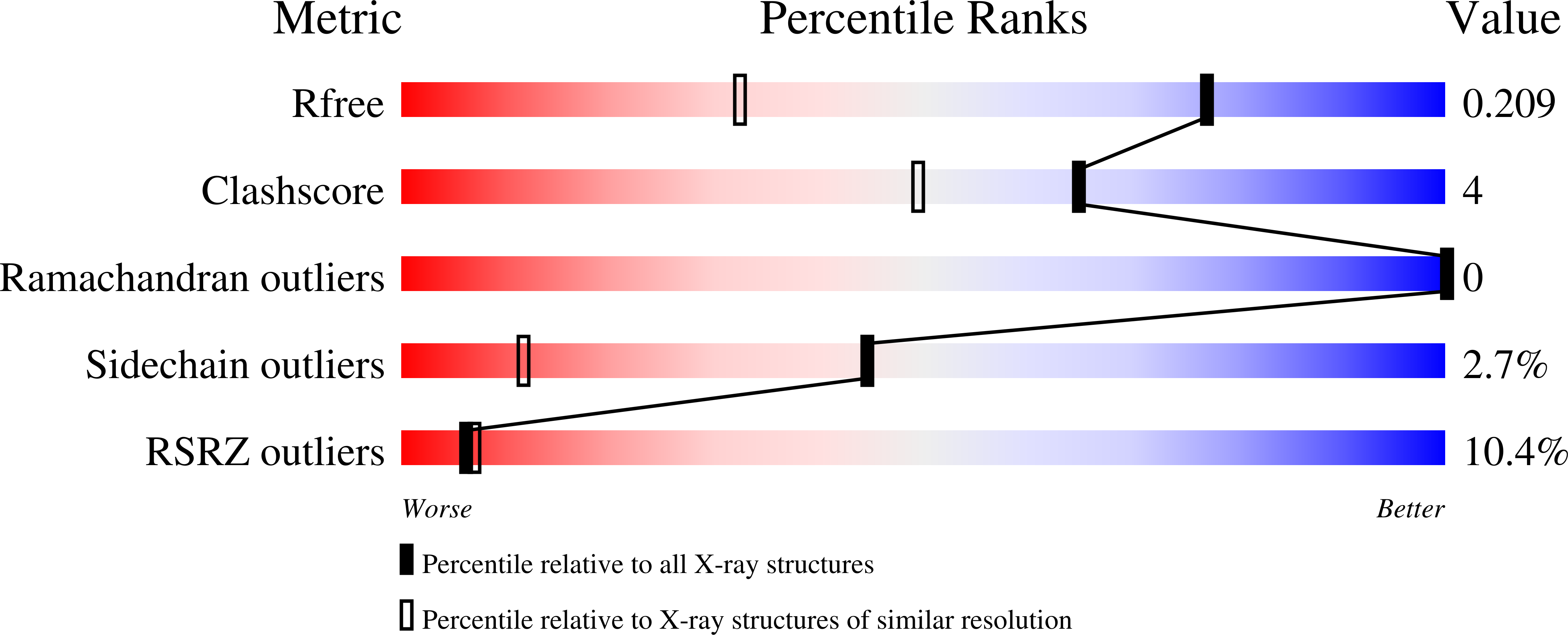
Deposition Date
2009-07-16
Release Date
2009-12-08
Last Version Date
2024-11-06
Entry Detail
PDB ID:
3IBO
Keywords:
Title:
Pseudomonas aeruginosa E2Q/H83Q/T126H-azurin RE(PHEN)(CO)3
Biological Source:
Source Organism:
Pseudomonas aeruginosa (Taxon ID: 287)
Host Organism:
Method Details:
Experimental Method:
Resolution:
1.45 Å
R-Value Free:
0.21
R-Value Work:
0.20
Space Group:
P 1 21 1


